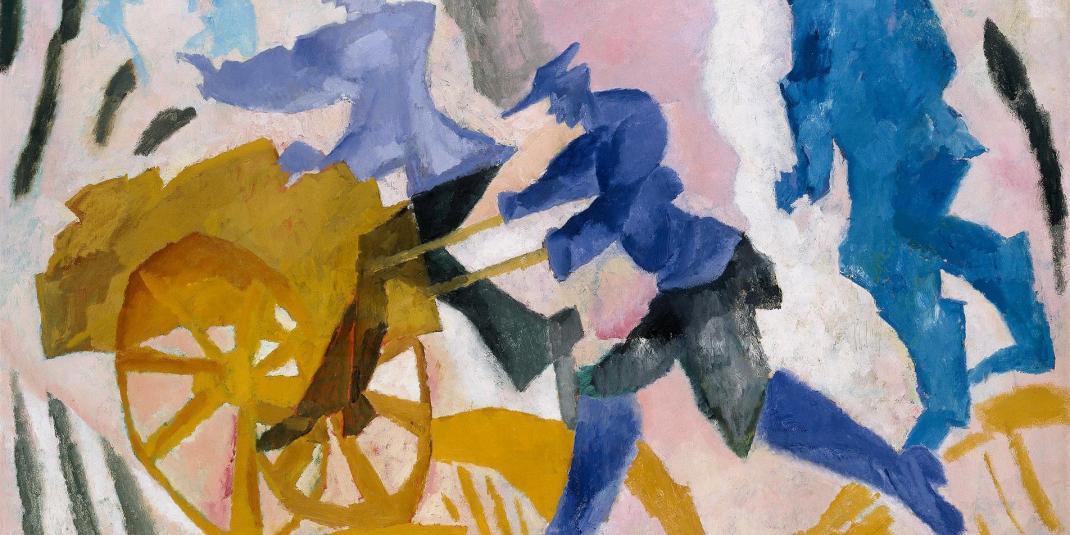
Lyonel Feininger
The Hamburger Kunsthalle is currently preparing a comprehensive exhibition on the figurative art of Lyonel Feininger to be shown in autumn 2003. Following the highly successful retrospective of Feininger’s drawings and watercolours that was organized by our museum in 1998, this new presentation sets out to rediscover a largely unknown part of Feininger’s oeuvre. Although the artist’s figurative output has been included in the major survey exhibitions of Feininger’s work to demonstrate an early phase of his career, this specific and important element of his oeuvre as a whole has never before been the subject of a large-scale exhibition. For the first time, therefore, this presentation of around 30 paintings, one sculptural piece and a considerable number of works on paper sets out to explore in detail Feininger’s figural compositions dating from 1907 onwards, initially based on his cartoon drawings but quickly developing into an entirely autonomous pictorial world. The exhibition also features a number of important works from private collections which have never or only rarely been shown in public until now. The famous comic-strip-series The Kin-der -Kids and Wee Winkie´s World should be a special attraction. The selected works cover Feininger’s entire career, but with particular emphasis on the years 1908–1916.
Feininger did not begin painting until the age of 36, after he had worked for nearly two decades as a commercial cartoonist for various periodicals. The development of his painterly oeuvre, however, could not be achieved until his satirical drawings had moved away from performing a particular commercial function and become independent. Within a short space of time, Feininger developed a thematic framework for his pictorial compositions based on French literature of the 19th century, in particular the major novels by Balzac, Sue and Hugo. Feininger’s pictures feature a wide variety of different figures that appear alongside one another as if on stage, yet his aim in creating these unusual and incomparable works was neither to illustrate the literary source material nor to produce superficial comic effect. Instead, these figural compositions depict small worlds that resemble the prevailing society yet at the same time upset it, pierce its surface and call it into question. Feininger’s wide array of different figures – including labourers, prostitutes, people wearing masks, trumpet players, children and Jesuits – create an image of a world that bears surreal traits.







